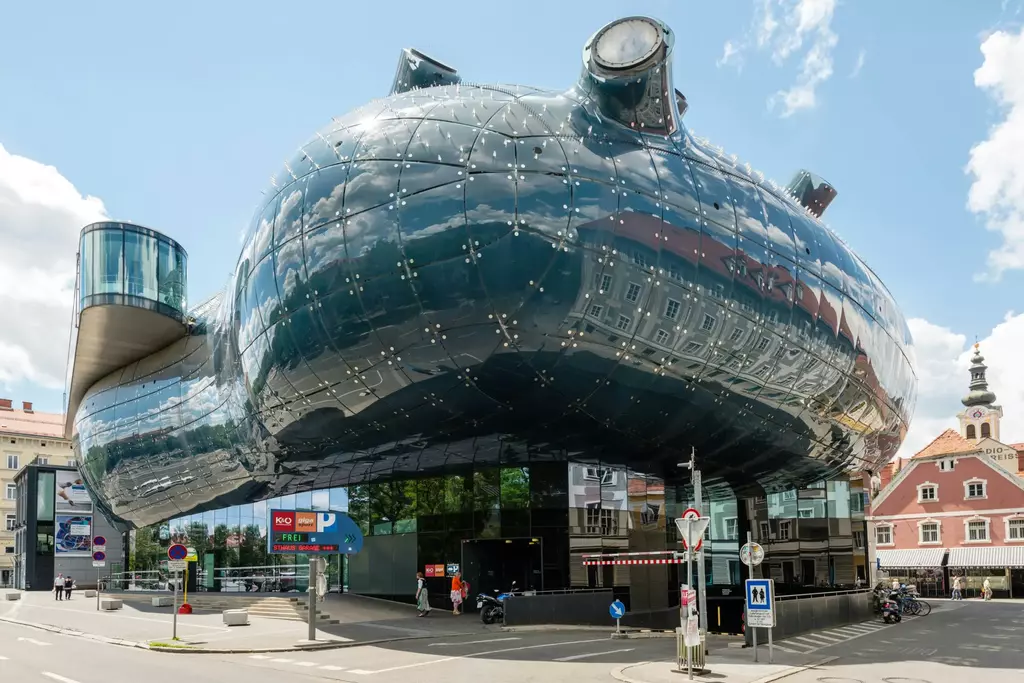Burgmuseum

- Burgmuseum, located within the historic Graz Castle (Grazer Burg), offers a fascinating journey through the architectural and political history of Styria. The castle itself dates back to the 15th century and was originally constructed under the orders of Emperor Frederick III. Over the centuries, it evolved from a medieval fortress into a Renaissance-style residence for Habsburg rulers. Today, the Burgmuseum provides insight into the castle’s significance as a seat of power, displaying artifacts, documents, and historical exhibits that illustrate its transformation over time.
- One of the most remarkable aspects of the museum is its focus on the castle’s unique architectural features, including the famous Double Spiral Staircase. This late Gothic masterpiece, built in 1499, consists of two interwoven staircases that create an optical illusion, symbolizing unity and infinity. The museum provides historical context on this feature, along with details about the various architectural phases of the castle, from medieval fortifications to later Renaissance influences.
- The museum’s exhibits include historical weaponry, royal decrees, and intricate maps that document the political and military role of Graz during the Habsburg reign. Visitors can explore rooms that once housed nobility, gaining insight into courtly life, administrative duties, and the strategic importance of Graz Castle as a regional stronghold. The museum also highlights periods of decline and restoration efforts that have preserved the structure for future generations.
- Today, Burgmuseum is an integral part of Graz’s cultural landscape, drawing history enthusiasts and architecture lovers alike. It offers guided tours and educational programs, making it an engaging destination for those interested in Austria’s medieval and Renaissance heritage. The combination of well-preserved historical elements and interactive exhibits makes the museum a must-visit for anyone looking to delve deeper into the rich history of Graz and its royal past.
